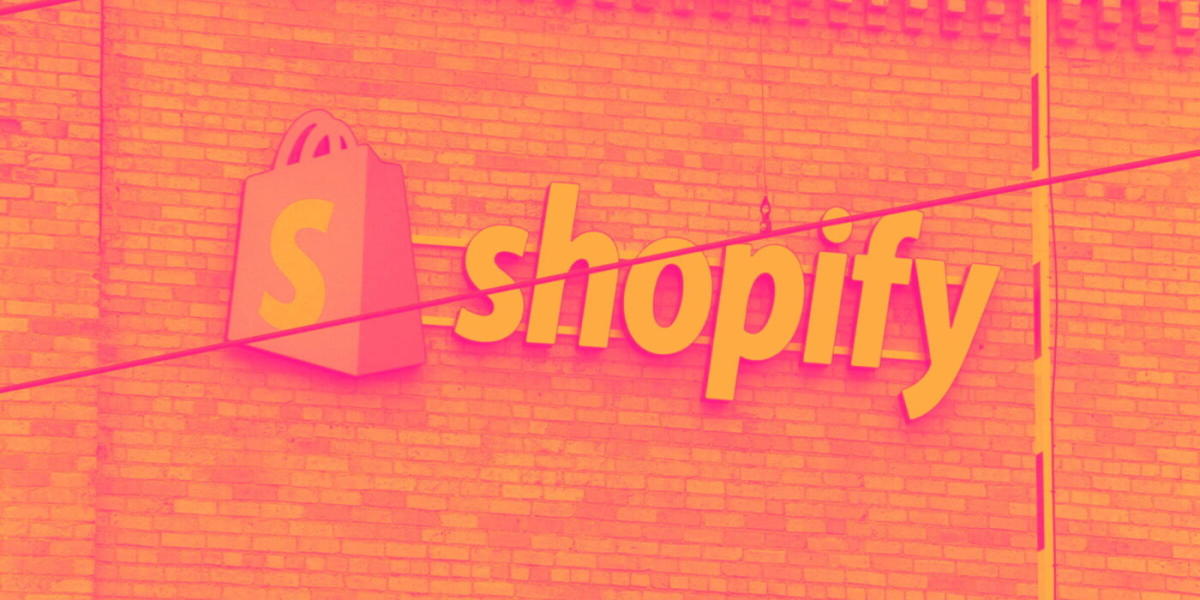4 E-Commerce Stocks You Can Buy and Hold for the Next Decade

Table of Contents
It’s no secret that the market has taken a beating thus far this year, and technology growth stocks have had an especially tough couple of months. E-commerce stocks have been no exception, but there are four online marketplaces that I think are still worthy of a long look from investors. In fact, the declining share prices for these stocks, in combination with each company’s strong growth potential, make these four e-commerce standouts particularly attractive options for investors to buy now and hold for at least a decade.
Let’s discover what makes these four stocks — which vary from slower-growth companies with strong cash generation to those with high-flying expansion rates and no profits — so appealing.
Image source: Getty Images.
1. Global-e Online
Since direct-to-consumer (DTC) and international growth is of the utmost importance for many brands and their parent companies, any offer to meld of these two worlds is a wildly valuable proposition. That’s where Global-e Online (GLBE 8.15%) and its cross-border e-commerce solutions steps in. Effectively, this company enables start-ups and large corporations alike to sell to anyone and from anywhere.
Global-e Online offers unmatched localization: It supports sales in 25 languages, 100 currencies, 150 payment types, and offers over 20 shipping carrier options. The company also adjusts to the necessary tax regulations in each region. The ability to offload these major headaches tied to foreign sales means that companies are quickly turning to Global-e Online’s offerings. In the first quarter, the global e-commerce company brought in $76.3 million in revenue, an increase of 65% year over year. Adjusted gross profit was $29.9 million in the same period, an increase of 94% year over year.
GLBE Revenue (TTM) data by YCharts
Global-e offers investors unique ways to profit from worldwide growth, collaborating with Shopify to help its vast customer base expand internationally, and boasting partnerships with big brands like Adidas and LVMH. Trading at 27 times its gross profits, it is the most expensive stock of the four here — but its international presence makes Global-e a fantastic business to buy and hold for the next decade.
2. Etsy
With 95% of its 5.3 million active sellers running shops from their homes, Etsy (ETSY 6.00%) brings personalized, homemade, and handcrafted goods to the masses. Operating through its “house of brands” strategy, Etsy is facing slowing growth year over year — but is undeniably a more substantial business now than it was three years ago.
ETSY Revenue (TTM) data by YCharts
After recording just 5% sales growth in Q1 2022 compared to the year prior, management is now guiding for year over year revenue growth between 2% and 12% in Q2. Due to these declining growth rates and somewhat disappointing guidance, Etsy shares have been punished harshly in 2022.
However, with the company’s 2021 acquisitions of Depop, a peer-to-peer apparel resale marketplace, and Elo7, considered the Etsy of Brazil, the company should soon see its top-line growth rise again as these young businesses grow.
Perhaps most importantly for investors, Etsy has seen gross merchandise sales per active buyer rise for 11 consecutive quarters, up more than 10% year over year, from $100 in Q1 2019 to $137 in the most recent period. This rise demonstrates that Etsy’s core customers are staying and spending more with the marketplace, making it a steady performer in a highly unique niche that investors should consider for the long term.
3. Coupang
Operating in one of the world’s most densely populated countries (24th out of over 200), the South Korean e-commerce juggernaut Coupang (CPNG 3.17%) is a model for building economies of scale. While the company has yet to post positive net income, management announced on the most recent earnings call that its core e-commerce operations recorded break-even earnings before interest, taxes, depreciation, and amortization (EBITDA) in Q1 2022 for the first time in Coupang’s history.
The good news on the EBITDA front stems from Coupang’s 450-basis point improvement in gross profit margin from the prior quarter. Coupang’s logistical network is driving this margin expansion. The network is starting to achieve new levels of efficiency as sales continue to trend higher thanks to significant capital expenditures made for infrastructure years ago. Because of this improving margin profile, shares rebounded 30% in the weeks following earnings despite dropping 80% since its initial public offering in early 2021. Trading at just six times gross profits, Coupang has the lowest valuation of our quartet despite growing these gross profits by 42% year over year in Q1.
CPNG Gross Profit Margin (Quarterly) data by YCharts
Coupang is building closer relationships with its 18 million active customers and creating new growth optionality along the way. Its thriving Rocket WOW program, for example, gives 9 million members Amazon Prime-style perks. The company’s three primary business lines of e-commerce, grocery delivery, and food delivery should thrive over time thanks to South Korea’s dense population, making Coupang look like an excellent, well-diversified business for investors to buy today and hold for at least 10 years.
4. MercadoLibre
Rounding out our basket of e-commerce stocks is Latin American-based MercadoLibre (MELI 5.74%) and its 140 million users. Posting year-over-year revenue and gross profit growth of 65% and 90% for the first quarter of 2022, MercadoLibre appears to be seeing the early benefits of its growth optionality and diversification.
The company’s fintech unit, Mercado Pago, brought in $971 million in sales in the most recent quarter, growing by 113% year over year. The company successfully offset the slower-than-normal 44% growth from its e-commerce unit. Best yet for investors, despite making heavy investments into this fintech unit, as well as its e-commerce and shipping operations, MercadoLibre has continued to generate positive free cash flow.
MELI Revenue (TTM) data by YCharts
As these younger business lines mature and MercadoLibre starts to reach higher efficiencies across its logistical network and e-commerce ecosystem, free cash flow should restart its climb upwards. Further fueling the prospects for this free cash flow increase, CEO Pedro Arnt mentioned yet another ongoing growth opportunity for the company, saying:
Specifically, the advertising business has been a consistent highlight in terms of growth and margin structure and has almost doubled in revenues year over year as we’ve improved our technology to serve ads throughout our platforms. We will continue to launch more features and channels behind this business.
This growth optionality, paired with MercadoLibre’s consistently strong growth rates and 40%-plus drop in share price year to date, makes it an outstanding stock to consider holding for a decade.











